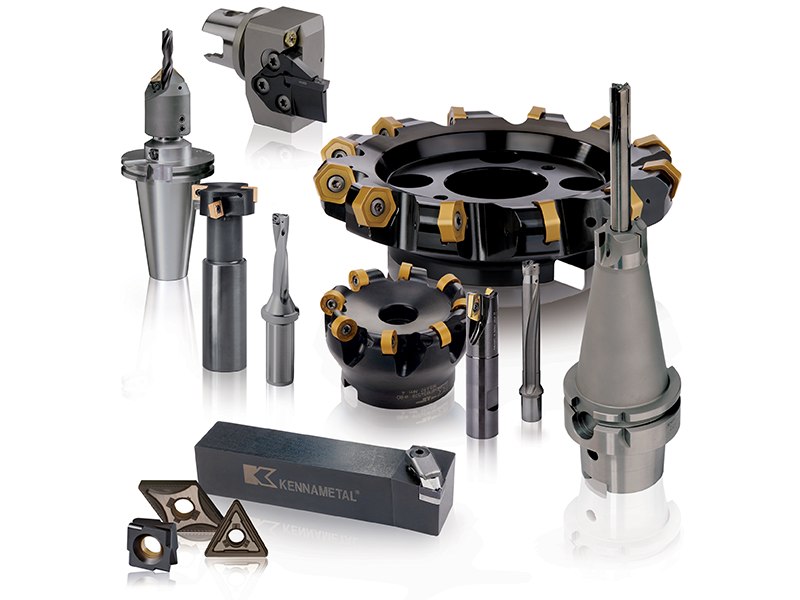Tools in Action
General Turning
Turning generates cylindrical and rounded forms with a single point tool. The tool is stationary with the workpiece rotating. Turning is the most common process for metal cutting.
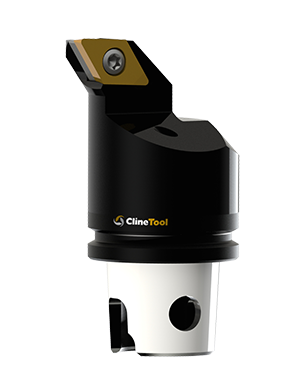
Toolholders
Boring
Boring is defined as a method to enlarge or improve the quality of an existing hole.

Boring Bar
Drilling
Operation in which a rotating tool is used to create a round hole in a work piece. Drilling is normally the first step in machining operations such as boring, reaming, tapping, counterboring, countersinking and spotfacing.
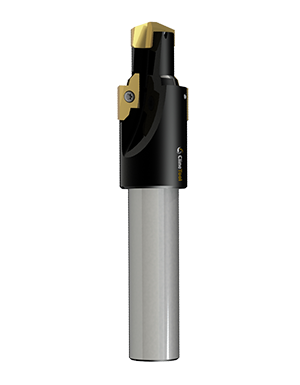
Drills
Parting & Grooving
Parting and grooving is a turning category of its own with a wide range of machining applications requiring dedicated tools (which can, to some extent, be used for general turning).

Parting Blade
Reaming
Reaming is a finishing operation performed with a multi-edge tool giving high-precision holes. High surface finish, superb hole quality and close dimensional tolerance are achieved at high penetration rates and small depths of cut.
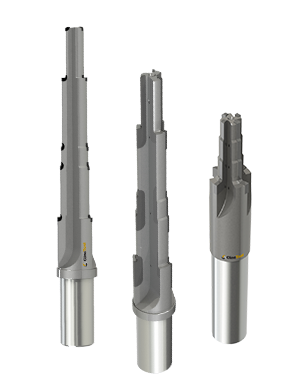
Reamer
Threading
Process of both external (e.g., thread milling) and internal (e.g., tapping, thread milling) cutting, turning and tooling of threads into particular material.
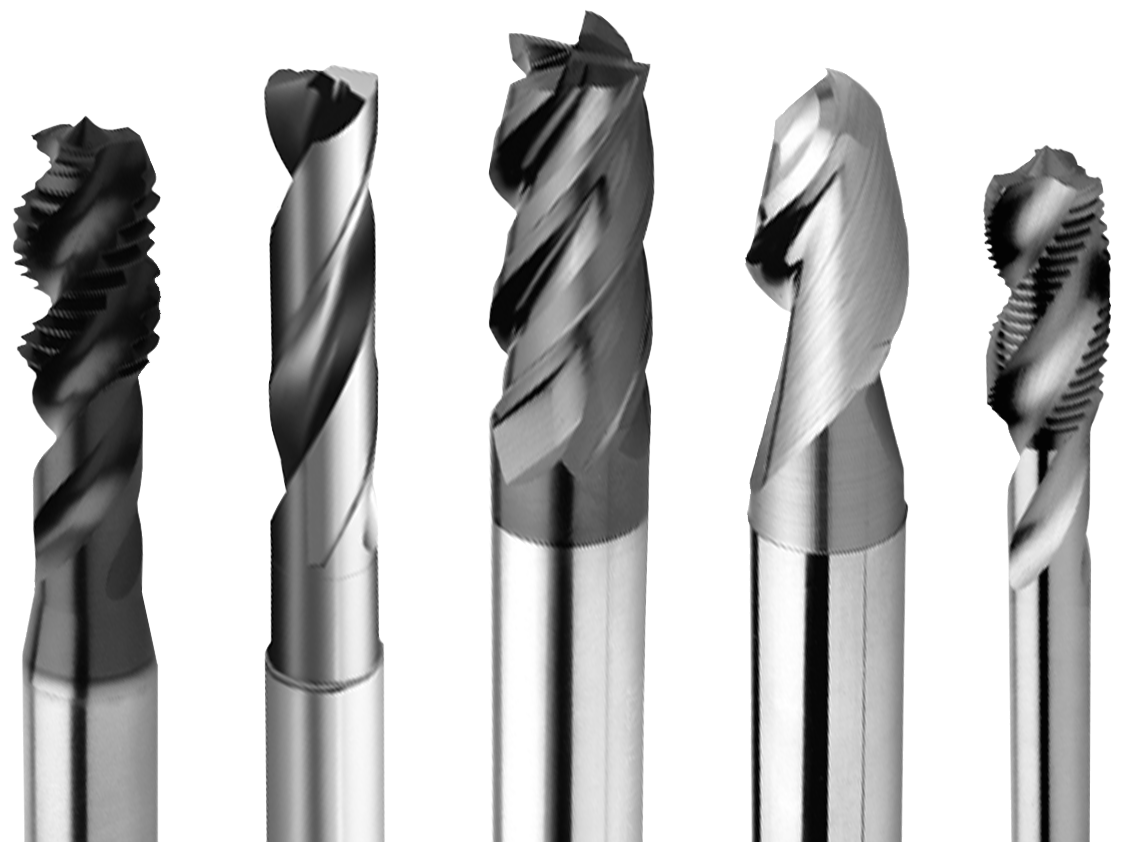
Threads
Milling
Process of both external (e.g., thread milling) and internal (e.g., tapping, thread milling) cutting, turning and tooling of threads into particular material.

Milling Cutter
How carbide inserts are made:
Carbide inserts are used to machine almost everything made of metal. The insert has to withstand extreme heat and force, so it’s made of some of the hardest material in the world.

